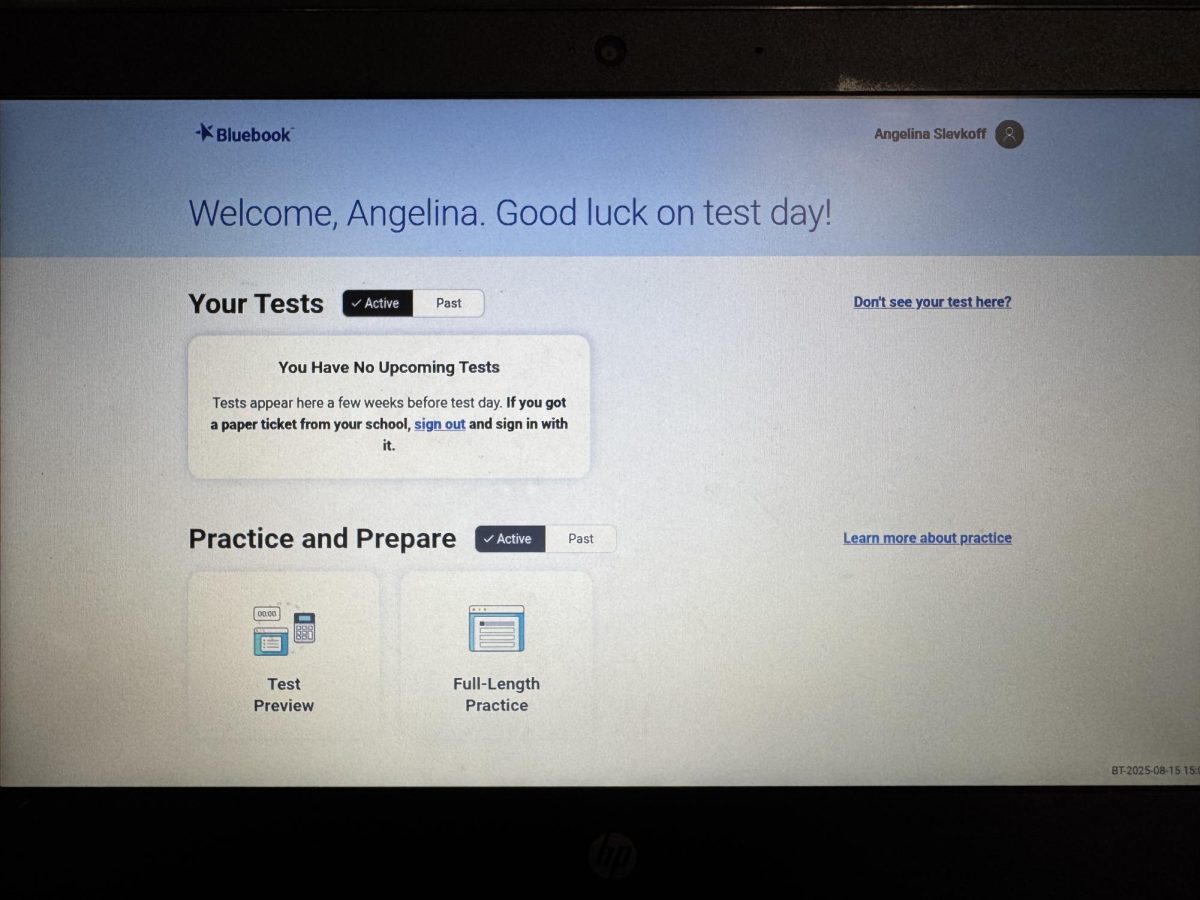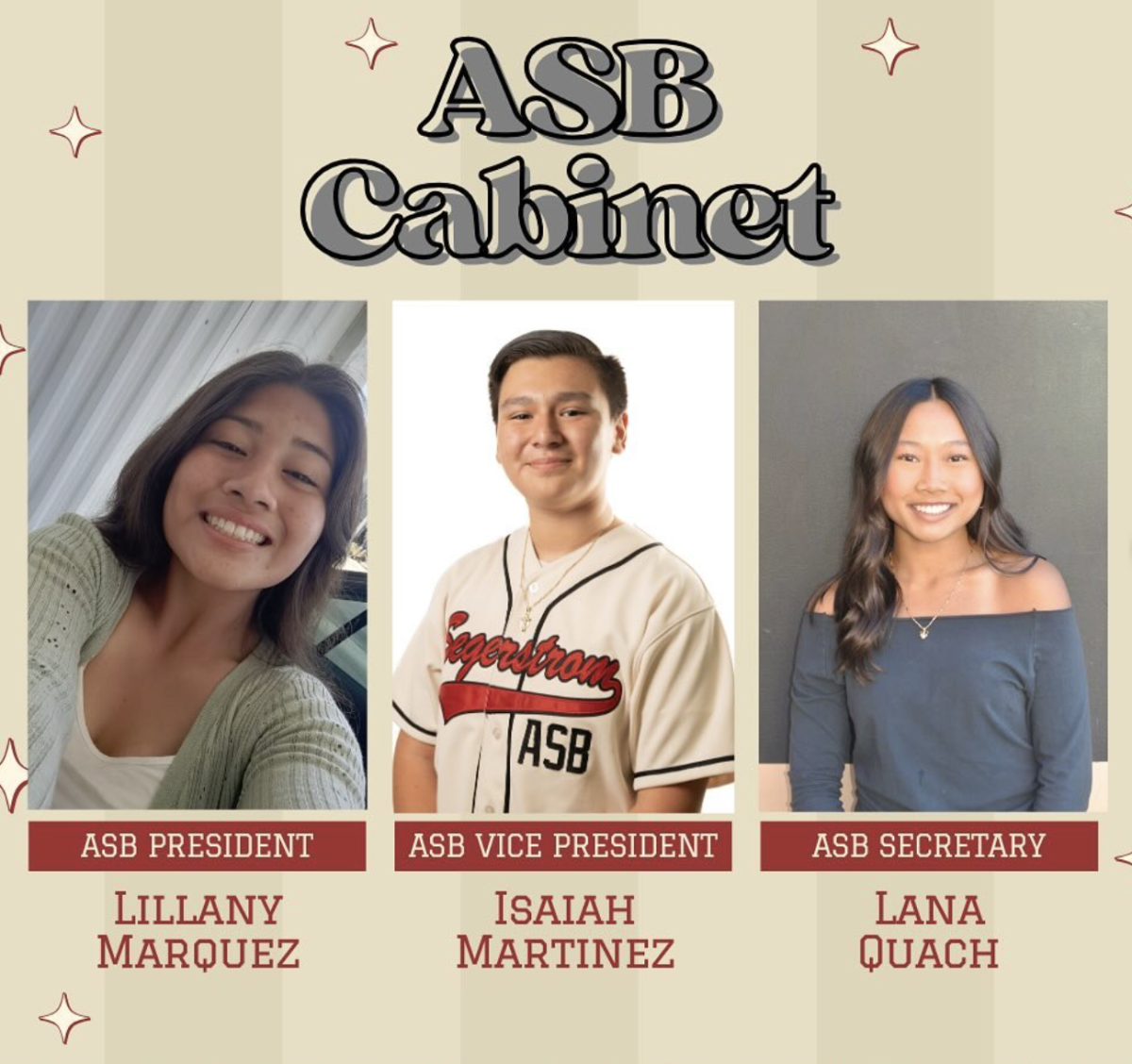Now that Segerstrom seniors have received their college admission decisions, they must also consider another important factor: how they plan to pay their tuition. The Free Application for Federal Student Aid form, or the FAFSA, was due on April 2, 2024. Besides receiving money from the federal government, students can turn to local or even national grants and scholarships. Rather than taking on large amounts of debt as young adults, grants and scholarships are a great option for many low-income students who may have trouble paying their tuition
Instead of waiting for counselors or schools to contact students about grants and scholarships, students need to reach out themselves. This can be through various websites, Higher Education resources, and even friends. Brandy Figueroa (12) discusses the many grants and scholarships she discovered because of her fellow peers.
“I’m in a program that gave me money separately. It’s called the ‘Higher Education Mentoring’ program, also known as HEM. I did that through Project Youth…I found out through my friends my sophomore year…they told me the day it was due, and I was like, ‘Okay, I’ll send in an application’ and I saw the emails, but I kind of disregarded it because the emails didn’t really present the program in an appealing way. But it’s a lot better than what I thought it was. So I’m glad I applied for that.”
All it takes is reaching out. Even if that means not contacting the school, older friends or mentors are a great source of information. Many scholarships or grants seem demanding, difficult, or boring. However, it takes effort. It takes perseverance to reach out and take time to apply. It may appear tedious but avoiding future debt is a worthy cost.
There appears to be a stigma about applying for grants and scholarships that they always require long and difficult essays. These essays are a way to truly see a student’s character and award them based on merit. Other grants and scholarships can be simple and take less than a minute. Randy Espinoza (12), mentions this when asked about his application process.
“Really easy. For some of them, you just need to click ‘submit’ and you’re done. For some of them, you need to write an essay.” When asked his preference, he chose the ‘easy’ ones.
There should always be a proper balance between applying to grants/scholarships that seem “easy” or “difficult.” Applying to ones with essays truly displays your character to the admissions committees and will better your chance of being awarded. This is not to say to only apply to ones with essays–there should be a proper balance when one applies.
To ensure being awarded as many scholarships as possible, students should apply for many smaller-scale scholarships/grants. Though applying to scholarships with an award of over $50,000 is great, it catches many eyes. As more people apply to large and well-known scholarships/grants, the chances of winning are drastically lower, even if they are “worth the time.”
As said by U.S. News, “If a student only goes for the large scholarships where they’re going to have a large pool and be very competitive, they may miss out on the opportunity to win some of the smaller scholarship awards.”
By applying to multiple smaller scholarships with fewer applications, students have a higher chance of winning. These scholarships/grants are offered by non-profit organizations, small businesses, school districts, and well-known companies. Many websites attempt to scam young high schoolers applying for worthy scholarships/grants. So it is vital to ensure that the awarded money is legit and not a scam.
Forbes Advisor, a website that advises on financial news and topics, published an article on great and trusted websites for students searching for scholarships/grants. They ensure their reliability by stating, “[they] reviewed popular scholarship websites and compared them based on factors like the ability to filter and sort listings, save information to your profile, the sites’ ease of use, and added tools such as auto-match functionality.” The article lists nine free websites for students based on whether it’s user-friendly and reliable.
The application process for these grants and scholarships is important but may seem overbearing, especially to young adults. The process is tedious, but it’s vital to remember that each student is different. Whether they attend a four-year or community college, it’s always about what you do with that degree.
When asked for advice for other seniors, Figueroa summarized perfectly, “Really just to not judge your finances based off others, but really on what you can afford. What[ever] feels best for you, and what kind of debt you want to take on, if any at all.”













